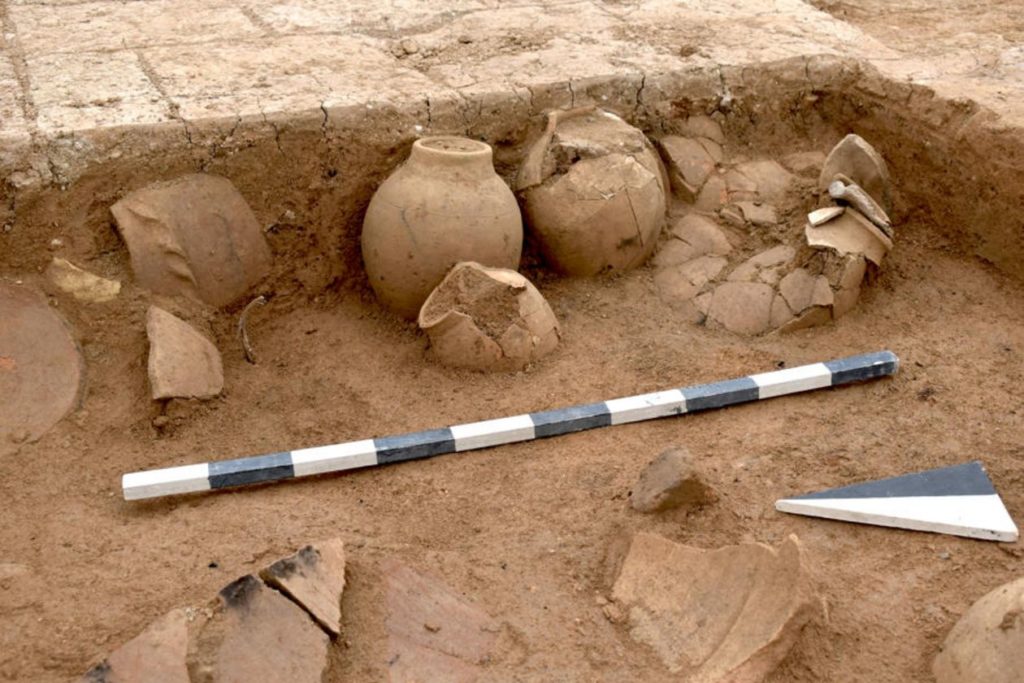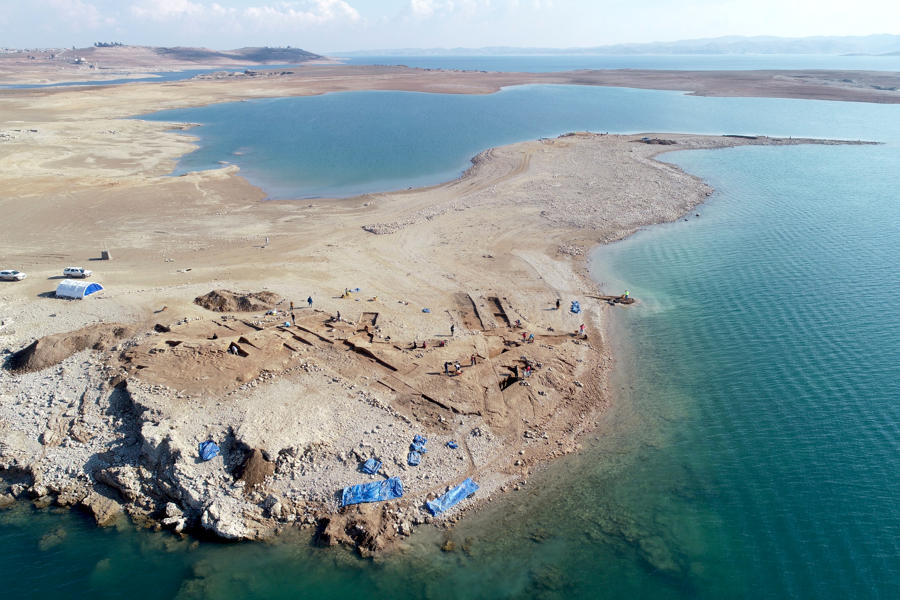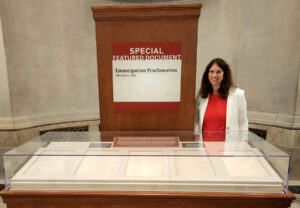When we hear of sunken cities, images of stone ruins might come to mind — eerie, beautiful and forever trapped in an underwater world. One would never imagine that a sunken city might return to the surface.
Yet that is exactly what has happened in Iraqi Kurdistan, where a 3,400-year-old city believed to have once been a metropolis of the lost Mitanni Empire reemerged during severe drought.
The city, believed to be the ancient city of Zakhiku, has been submerged in the Mosul reservoir since the Mosul Dam was built in the 1980s. The lost city came to light earlier in the year thanks to the effects of climate change in Iraq, which has been experiencing a severe drought. To combat the drought’s effects on crops, authorities began drawing water from the Mosul reservoir in December — and thus brought the ruins to the surface.
Taking advantage of a rare historical opportunity, a team of German and Kurdish archaeologists excavated the site and documented their findings from January to February.
“Due to the enormous time pressure, we dug in freezing temperatures, snow, hail, rain, even storms, as well as the occasional sunny day, not knowing when the water would rise again and how much time we would have,” said project director Ivana Puljiz of the University of Freiburg.
Ancient Texts Could Reveal More Secrets
The Mitanni empire was a large Indo-Iranian realm in northern Mesopotamia that existed from 1550 B.C. to about 1350 B.C. Its people established diplomatic relations with the Egyptian pharaoh Thutmose IV.
In addition to a palace, researchers found that the city contains a fortified structure with a wall and towers, an industrial complex and a massive multistory storage building, believed to be some type of warehouse.
“The excavation results show that the site was an important center in the Mitanni Empire,” according to Hasan Ahmed Qasim, chairman of the Kurdistan Archaeology Organization.

Aside from the architectural discoveries, the archaeologists found something even more exciting: five ceramic vessels containing over 100 tablets written in cuneiform, the world’s oldest writing system. The inscriptions, which have yet to be deciphered, may reveal the voices of the lost city’s inhabitants for the first time — currently, all we know about Mitanni history comes from historical artifacts and what other cultures wrote about them.
All of the artifacts recovered from the site, including the cuneiform tablets, are now being held in Iraq’s Duhok National Museum.
Before water again filled the reservoir, archaeologists attempted to stave off decay and erosion by covering the ruins with weighted plastic sheets. After revealing its secrets for future generations to study, the lost city has since returned to its watery grave.





